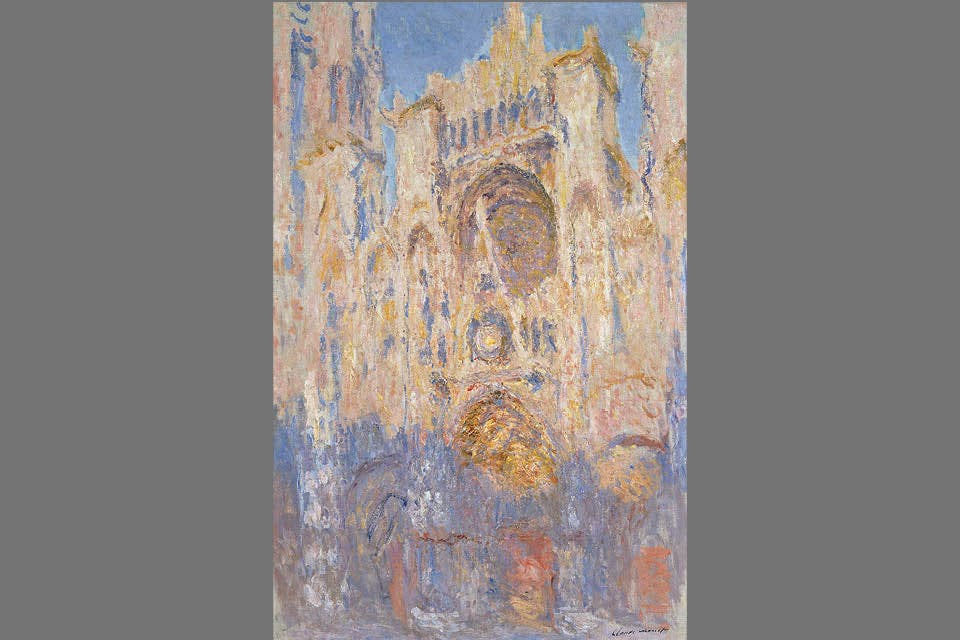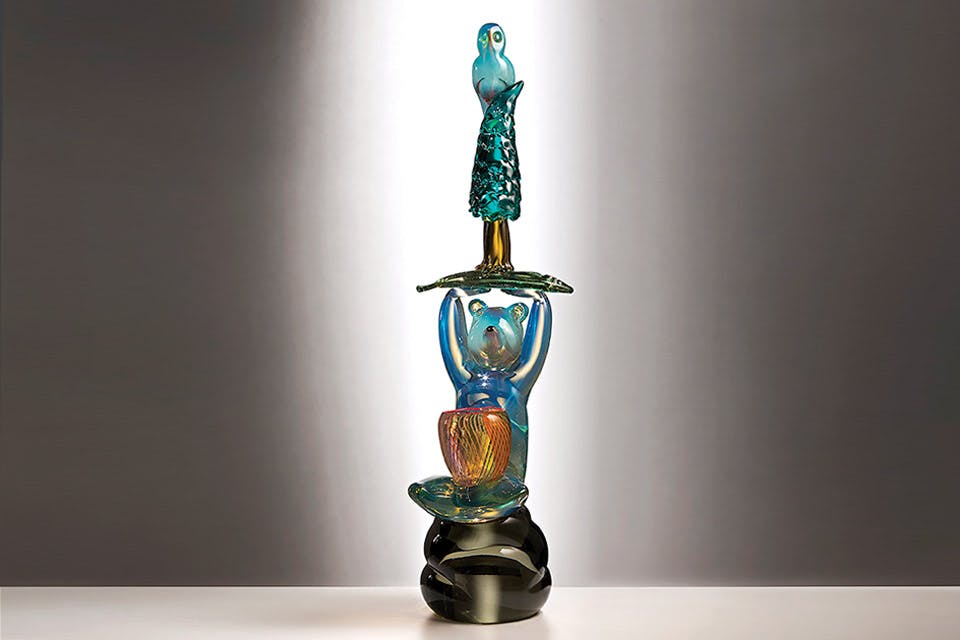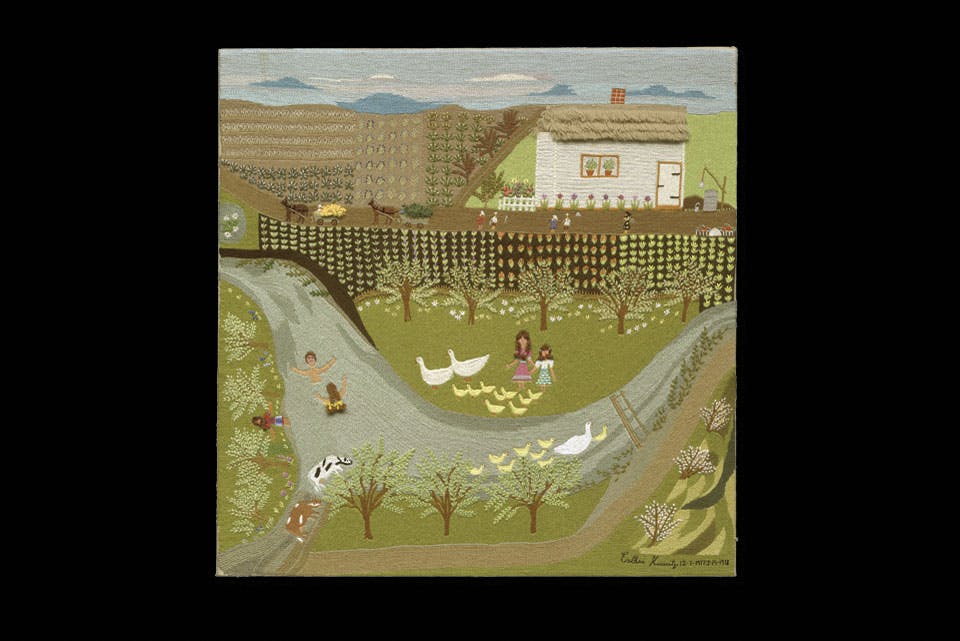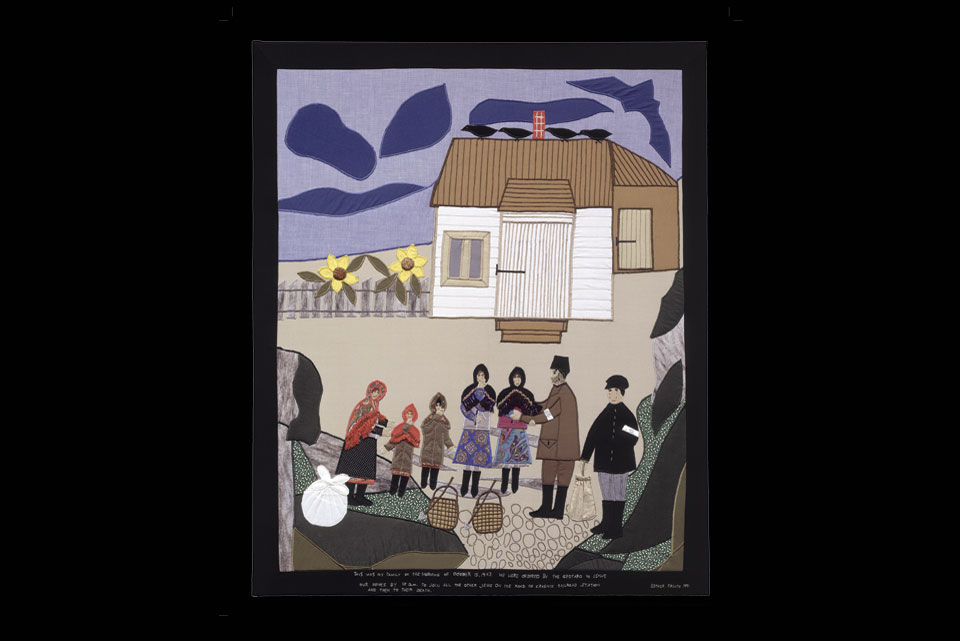Arts
Survivor Story
The Columbus Museum of Art features artist Esther Nisenthal Krinitz’s beautiful and haunting tapestries.
Related Articles

See “Monet in Focus” at the Cleveland Museum of Art
This exhibition features five paintings by renowned French impressionist painter Claude Monet that show the various ways he captured light and atmosphere in his work. READ MORE >>

See ‘Clearly Indigenous: Native Visions Reimagined in Glass’ in Cincinnati
Featuring works by 33 contemporary artists, this insightful exhibition is on display at the Cincinnati Art Museum through April 7. READ MORE >>

Drelyse African Restaurant, Columbus
Restaurateur Lisa Bannerman’s capital-city spot serves the authentic dishes she grew up with in Ghana. READ MORE >>



